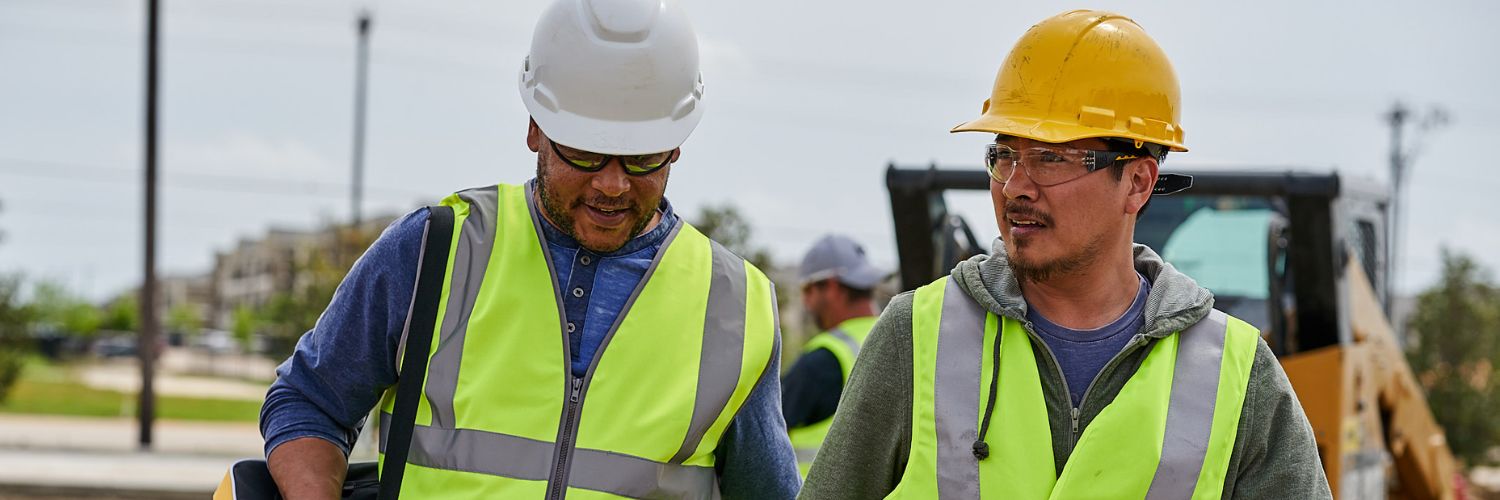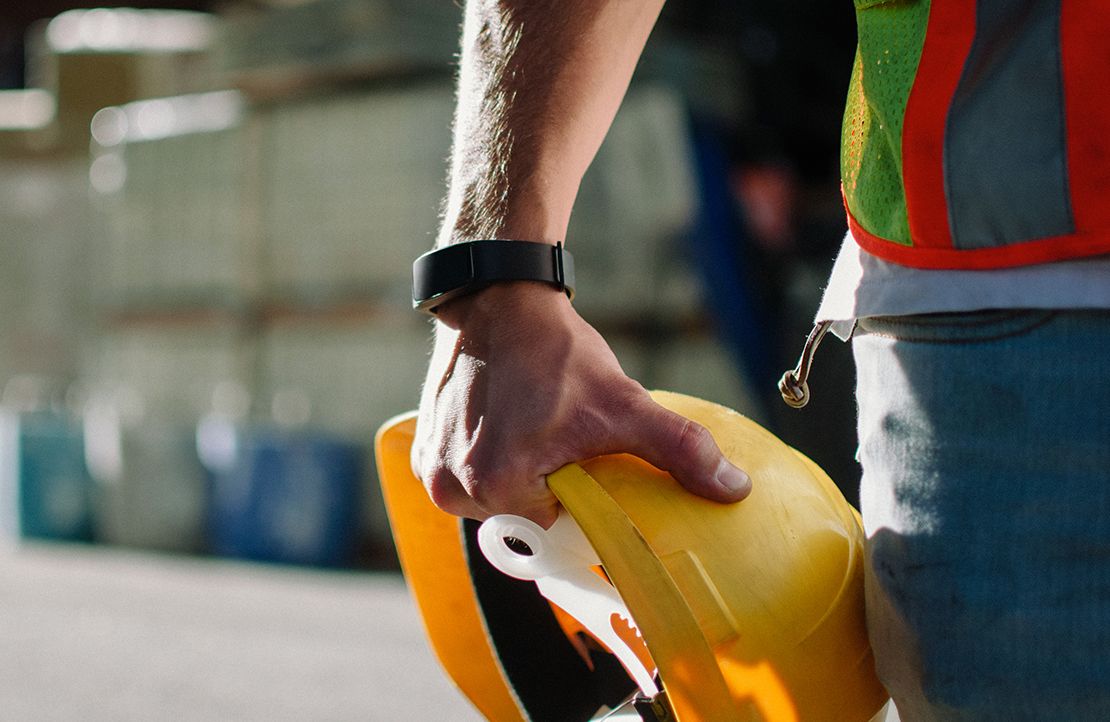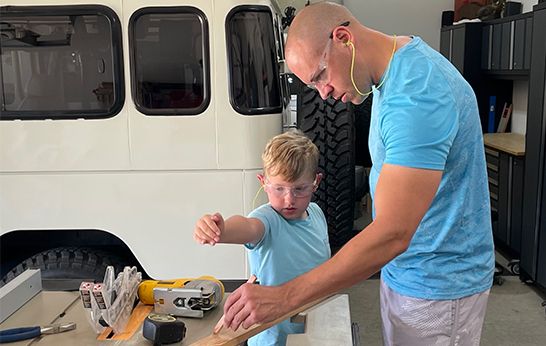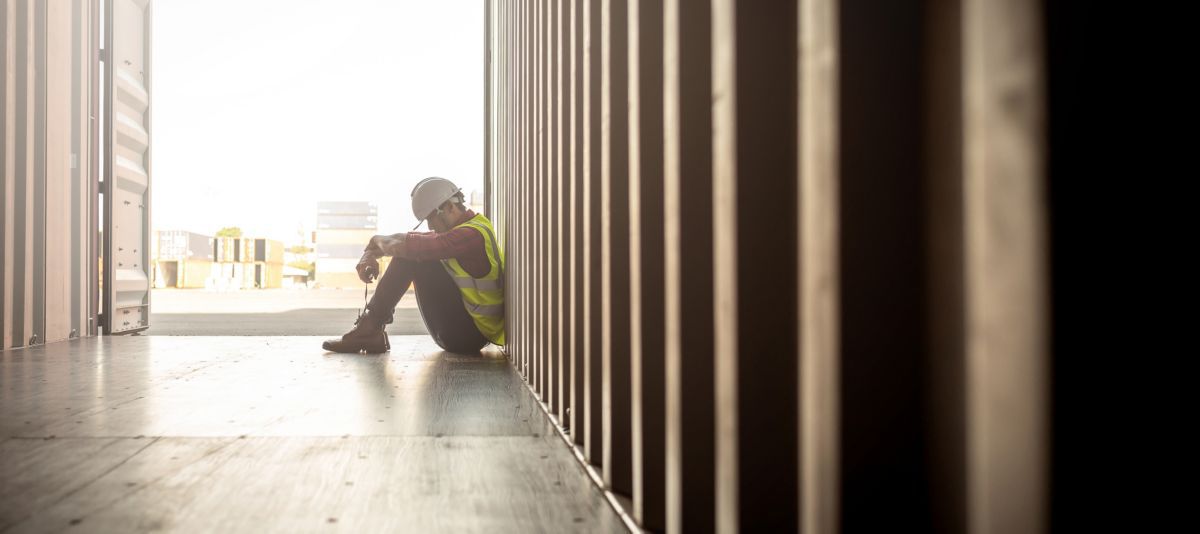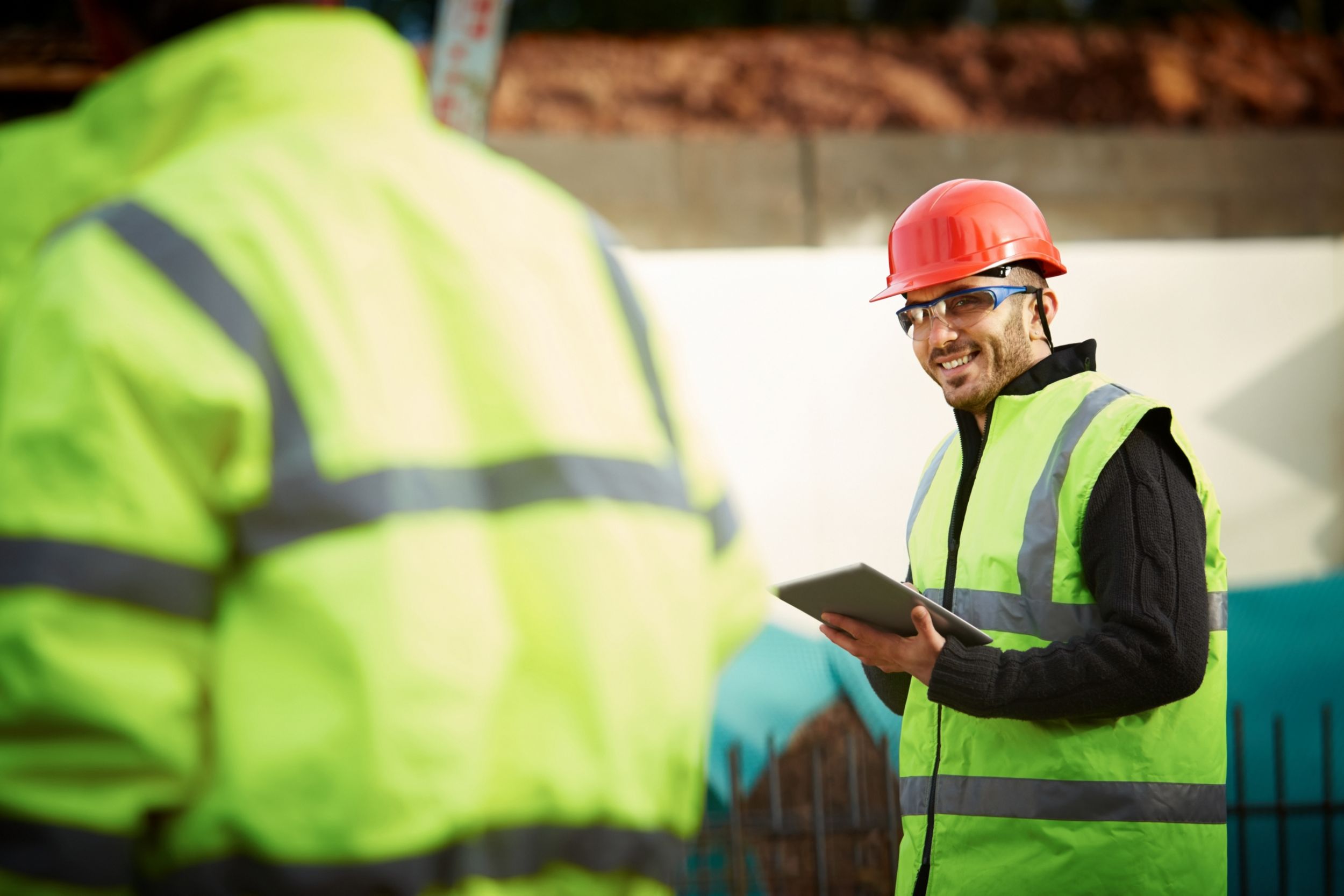

Sign In
Welcome! Sign In to personalize your Cat.com experience
If you already have an existing account with another Cat App, you can use the same account to sign in here
Register Now
One Account. All of Cat.
Your Caterpillar account is the single account you use to log in to select services and applications we offer. Shop for parts and machines online, manage your fleet, go mobile, and more.
Account Information
Site Settings
Security
Why Mental Health Support Matters on Every Jobsite
Mental health is a growing issue in the construction and extraction industries. Find out how it’s impacting workers, and how organizations can provide resources and support.
By Nicole Serena, Contributor | Posted: May 26, 2022
While it's not often talked about, mental illness is an issue in the construction, mining, quarry and oil industries. The work can be tough, stressful and demanding. And it can be difficult knowing where to turn to for help.
The Centers for Disease Control and Prevention (CDC) report that construction and extraction have the highest rate of suicide compared to other jobs. Additionally, male dominated industries see higher levels of depression among workers.
While using heavy machinery calls for physical safety at all times, psychological safety is just as important.
How Stress in Construction Impacts Mental Health
While employees in the construction, mining, quarry and oil industries are often seen as tough, they’re not immune from mental health struggles. There's many reasons why they may deal with mental health issues:
- Long shifts and irregular hours results in mental and physical exhaustion
- Physical demands of work leads to increased strain on the body, impacting daily lives
- Changing jobsites and co-workers makes workers feel isolated and lacking support
- Inconsistent or seasonal work contributes to financial and family strain
- Deadline-driven work increases stress and anxiety
Combating Stigmas of Mental Health in Construction
In 2021, 89 percent of employees in the U.S. construction industry were male. Men are far less likely to seek treatment for issues like depression, substance abuse and stressful life events. A 2021 study by the American Psychiatric Association identified the top four reasons construction workers don’t seek care for mental health issues. They include:
- Feeling shame and stigma
- Fear of judgement by peers
- Fear of negative job consequences
- Not knowing how to access care
Mental Health and its Impact on Jobsite Safety
Mental health conditions and stressors have a significant impact on work productivity, attendance and quality. These conditions can create mental distractions that impact an employee’s ability to focus and be attentive to the task at hand. Stress and mental strain can make it hard to sleep or relax at the end of a long day, leading to fatigue on the job.
And all this leads to an increased risk for accidents and injuries. According to a 2010 study, moderate and high psychological distress significantly increased the odds for a workplace accident.
The Benefits of Mental Health Resources for Construction Workers
How can we handle mental illness in construction, mining, quarry and oil industry workers? Investing in mental health programs for workers is key. Construction is an industry with some of the highest occurrences of gaps in social support, screening, work-life balance and intervention policies. By addressing mental health proactively, both organizations and employees will benefit.
With dedicated resources for mental health and safety in the workplace, companies can:
- Reduce turnover, absenteeism and lost productivity associated with mental health.
- Help operators find healthy coping mechanisms.
- Create an open and accepting culture where lines of communication are available to allow workers to ask for help.
- Eliminate the stigma that mental illness equals weakness.
Dr. John Pompe, a licensed clinical psychologist and global manager of Caterpillar’s behavioral health programs, shared information for employers during a Caterpillar webinar on mental health in construction.
“(Mental health) is something that employers need to be invested in, in terms of employee engagement, productivity and safety. Good health is good business, but that’s particularly true when we’re talking about mental health issues.”
Organizations should review their HR policies and health benefits to make sure they integrate mental health issues and coverage. Dr. Pompe also recommends employer’s take advantage of Employee Assistance Programs (EAPs). “I would encourage any leader or organization to go to their EAP provider, approach them with these issues and the concerns and map out a plan that fits the organization.”
How to Address Mental Health Concerns with Employees
As an industry, we have the power to reduce the stigma around mental illness and look out for every employee on the job site.
Supervisors and leaders in an organization can be powerful parts of the overall employee health and safety network. They can foster positive work cultures, champion behaviors that build resilience and be a resource for employees. Often the supervisor will be one of the first people to recognize when an employee starts to struggle. They can help recognize problems that arise and intervene effectively.
Dr. Pompe suggests starting the conversation by asking, ‘Are you okay?’ “In most cases, if you ask people how they’re doing, and you do this in a genuine way, they’ll tell you.”
From there, be prepared to listen, to show compassion and empathy, and be able to problem solve and direct people to the resources that are available.
6 Steps to Addressing Mental Health Concerns with Employees
1. Pay attention to employee behavior for signs that they may be struggling. Changes in behavior and performance are common red flags.
2. Have a conversation. Ask them, ‘Are you okay?’ Share some examples of what you’ve noticed and why you’re concerned.
3. Listen and show compassion. Listen to what they say and reassure them that you’re genuinely concerned and want to help.
4. Help them problem solve. Direct them to resources available to help.
5. Keep safety in mind. Mental health has an impact on an employees’ ability to work safely, so give them the time they need to get well.
6. Check in. Once they’re back at work, continue to monitor their behavior and check in often to see how they’re feeling.
“The worst thing would be people suffering in silence because of shame, misunderstanding or the perception that they’re a significant burden or that they’re going at it alone,” Dr. Pompe said. “We really want to encourage you to push through the stigma, to push through the misunderstandings and to encourage people to get help.”
Safety Resources from Caterpillar
Mental wellbeing is something we all face every day. And it can be managed if we’re willing to invest in ourselves and our people. Mental health and safety in the workplace has to be intentionally built by leaders and sustained by employees.
Take a look at our other safety resources online to educate yourself and your team on mental health in construction. Our e-learning courses on organizational health includes topics on psychological safety, overall well-being, mental health and more.

Nicole Serena
Contributor
Nicole is a second-generation Caterpillar employee with a passion for digital marketing. Currently in the brand marketing team, she's spent the past several years managing digital media and content — including Caterpillar's social media program. Nicole lives in central Illinois with her husband and two young boys (and two very active dogs).
Related Stories
-
Developing a Safety Culture at Home
The safest jobsites are those that have a strong safety culture, but what about when those employees go home? Hear from Caterpillar safety expert Justin Ganschow on why employee safety behavior at home matters.
Read Our Safety Culture Q&A -
Managing Mental Health Issues in Construction
Michelle Walker is dedicated to addressing mental health issues in the construction industry. Her goal is to provide workers on any jobsite the resources they need.
Learn More -
Tips For Preparing a Business Disaster Plan
A natural disaster disrupts everything from your daily schedule to the ability of your business to continue operations. Read our tips for creating plans and preparing for the worst.
Learn More -
Safe Host Takes a Colourful Approach to Safety
Colour-coded equipment is used to create a safer work environment at a data centre in Switzerland.
Learn More
